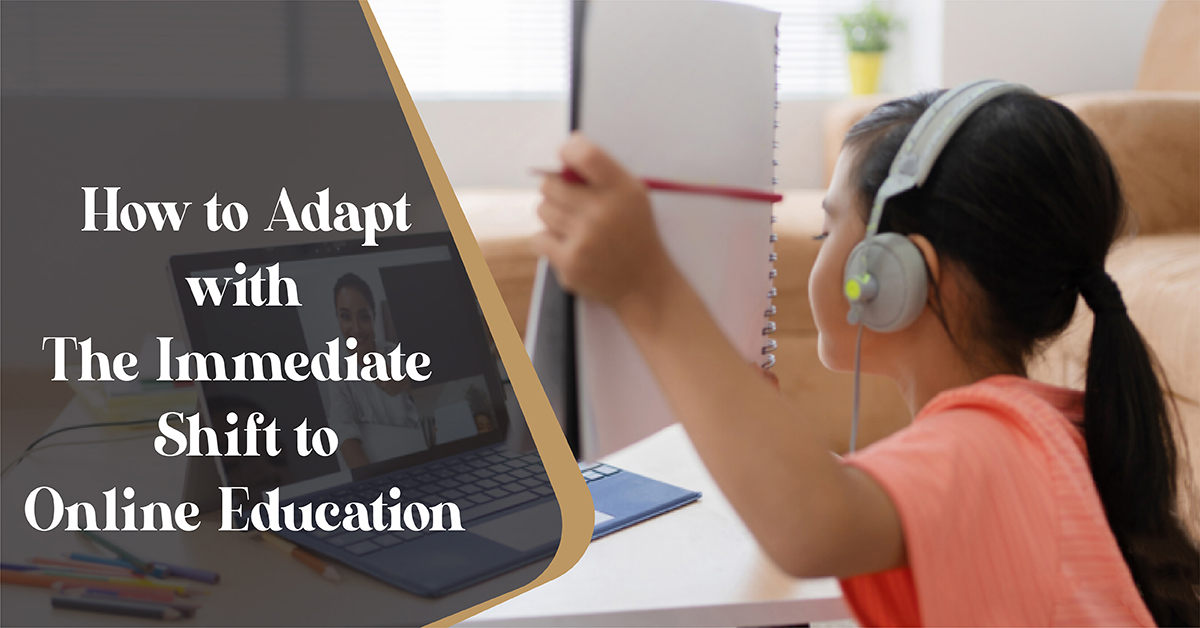
How To Adapt With The Immediate Shift To Online Education
Posted On: 05 April 2021 | 12:37:pm
The influence of online education is growing. Although the education sector had been thriving hard to swiftly move from offline to online platforms, the progress was slow.
Since the Coronavirus outbreak, more and more institutions have adopted online learning, and the market for online education has risen significantly. However, in addition to teaching and management, we can also train our students for online courses. Students may be confused by the unprecedented transition to online classes or interactive courses, which may hurt their learning ability.
We want to highlight that online education is at par with offline education, and there are many perks of the same.
So, here we have some helpful information about how to read online. Teachers can share this information with their students, and students can use these measures to better prepare for online classes. I hope this information is useful.
1. Organize your time
Ideally, manage your time with a well-thought-out schedule that includes learning, revising, self-evaluation, and breaks. With no one to look over your shoulder, you can find yourself procrastinating. You could build a customized learning plan based on what to learn and when you’re learning platform/teacher already has a lesson plan.
2. Social and Community Learning
Peer-to-peer interactions and support can lose their value as physical classrooms become virtual. As a result, maintaining a virtual learning atmosphere by communicating with teachers and classmates is critical.
Learning communities are often more successful at instilling a learning mindset and providing motivation. So use the learning channel to keep in touch with your classmates. Please share your learning objectives and assist those who need them.
3. Learning Techniques
The huge amount of valuable knowledge available is one of the greatest benefits of providing a digital learning environment. You may use the internet to study topics further, find instructional videos, additional textbooks, and so on. To widen your horizons and don’t be afraid to take risks in your search for knowledge.
4. Material that is easily accessible
Make sure you have access to your learning materials whenever you need them. This is a good place to store if your learning management system allows you to upload and distribute course materials. As a result, you’ll still have access to relevant course-related documents.
Going with a fully digital education management platform is the best way to ensure that all course-related information is accessible at all times. As a result, you’ll have instant access to your institution’s info, course plan, and course materials, as well as instant access to teachers through the message box. If your learning platform doesn’t have these features, keep all important files in a safe and secure location.
5. Priorities and strategies for the short and long term
Whether online or offline, any education must have a specific set of goals for you, the student, to achieve at the end. Get to know the course’s outcomes and objectives. As a result, you’ll have a clearer understanding of what you’re discovering and how it relates to the larger picture. It’s also a good idea to have a way to track your course goals.





